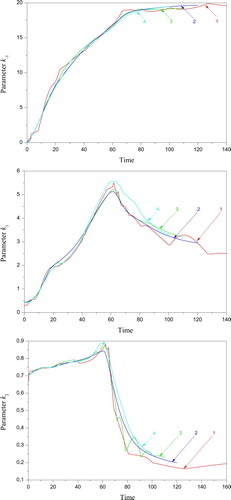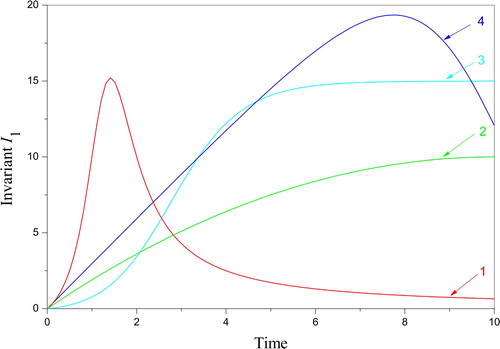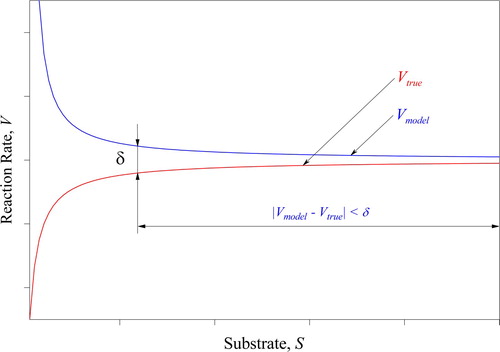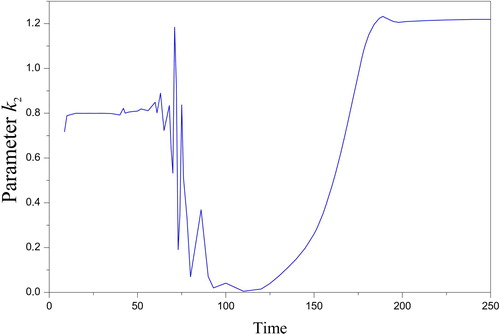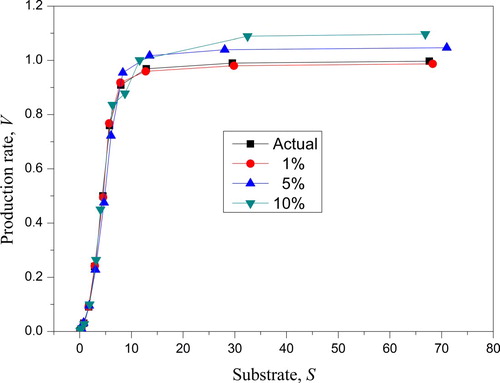Figures & data
Figure 3. Invariant I2 = S(I1/C – 1) of the problem (9) – (11) with the parameters (23) and various I1: 1 – ; 2 –
; 3 –
; 4 –
.
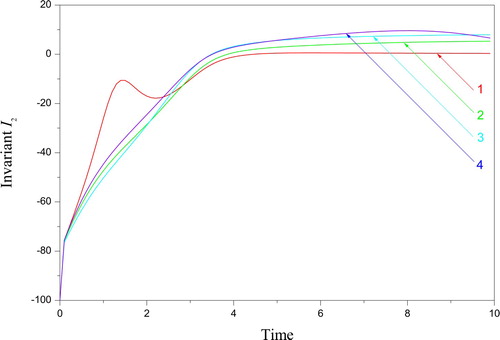
Figure 4. The parameters k-1 from the invariant subset (18): 1 – the parent function from (23), 2 – transformed by, 3 – transformed by
, 4 – transformed by
, 5 – transformed by
.
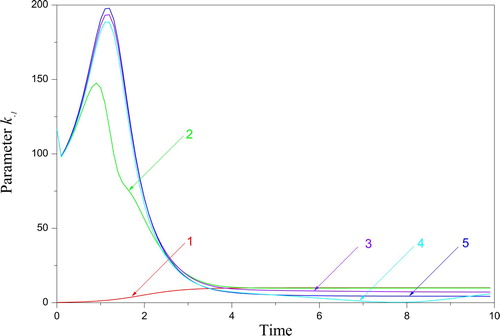
Figure 5. The parameters k1 from the invariant subset (19): 1 – the parent function from (23), 2 – transformed by , 3 – transformed by
, 4 – transformed by
, 5 – transformed by
.
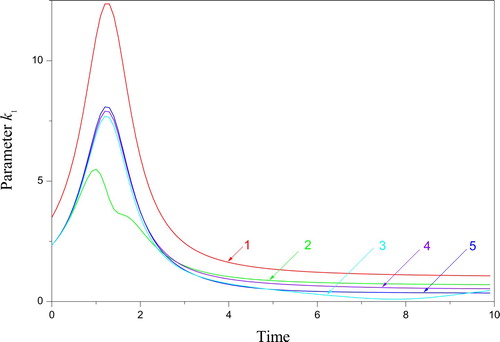
Table 1. The reconstruction 
 for the experimental data [Citation55].
for the experimental data [Citation55].
Table 2. The measure of the solution complexity and matching with the observations for the different number of nodes N, experimental data [Citation55], and subproblem (26), (27).
Table 3. The reconstruction 
 for the experimental data [Citation56].
for the experimental data [Citation56].
Table 4. The measure of the solution complexity and matching with the observations for the different number of nodes N, experimental data [Citation56], and subproblem (24).
Figure 7. The estimation of the parameter k-1 for the various nodes N (its value is indicated on the curves).
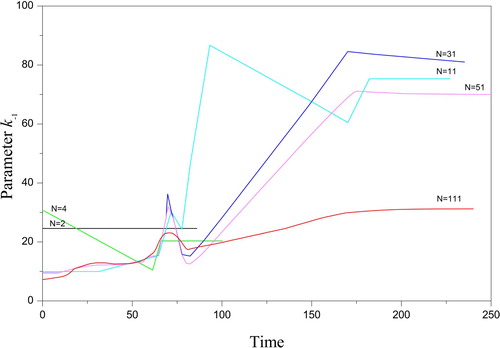
Figure 8. The estimation of the parameter k1 for the various nodes N (its value is indicated on the curves).
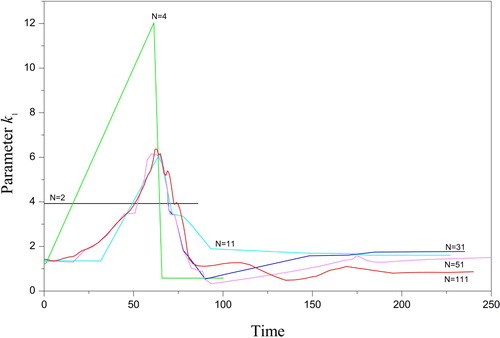
Figure 9. The estimation of the parameter k2 for the various nodes N (its value is indicated on the curves).

Figure 10. The reconstructed kinetic parameters, N = 176 (the experimental data [Citation56]): 1 – the parameter k-1, 2 – the parameter k1, 3 – the parameter k2.
![Figure 10. The reconstructed kinetic parameters, N = 176 (the experimental data [Citation56]): 1 – the parameter k-1, 2 – the parameter k1, 3 – the parameter k2.](/cms/asset/91d5f0ae-8587-4a0f-81b1-42769e438589/gipe_a_1782900_f0010_oc.jpg)
Figure 11. The reconstructed functions, N = 176 (the experimental data [Citation56]): 1 – C, 2 – V.
![Figure 11. The reconstructed functions, N = 176 (the experimental data [Citation56]): 1 – C, 2 – V.](/cms/asset/bdf932ba-b114-4548-8b58-10b397cb14c3/gipe_a_1782900_f0011_oc.jpg)
Figure 12. The dependence V(S): 1 – the experimental data [Citation56], 2 – the regularized solution, N = 176, 3 – the Michaelis-Menten function with the parameters and
.
![Figure 12. The dependence V(S): 1 – the experimental data [Citation56], 2 – the regularized solution, N = 176, 3 – the Michaelis-Menten function with the parameters Vmax(0) and KM(0).](/cms/asset/85e3883d-df1c-4844-b40d-080d5564d4ee/gipe_a_1782900_f0012_oc.jpg)
Figure 13. The exclusion of the locally sequential refinement from the sequence (24) – (27), N = 11.
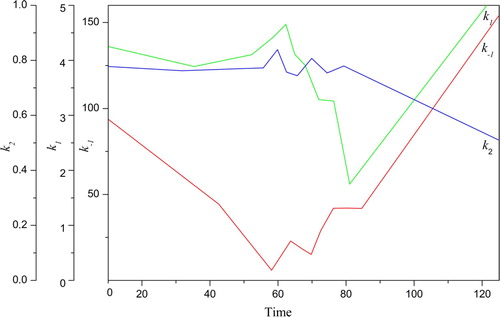
Figure 15. The magnification of nodes and the local violation of the function V monotonous: a) N = 95; b) N = 131; c) N = 161; d) N = 95; e) N = 131; f) N = 151.

Figure 17. The reconstruction with the noise simulation: 1 – the actual parameter, 2 – the noise level 1%, 3 – the noise level 5%, 4 – the noise level 10%.
